- Tools Used
- Design
- Construction
Gamemaker:Studio
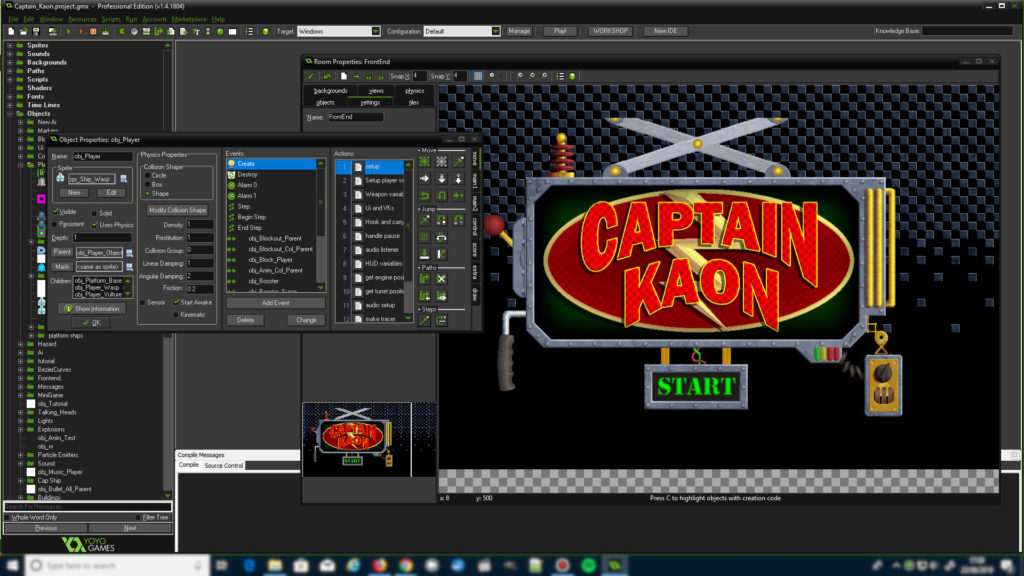
I investigated several engines and settled on GM:S as I was able create a prototype in a far shorter amount of time than with any of the other engines I tried.
Additionally GM:S has a number of tools built in to its IDE, making it ideal for 2D game development straight out of the box. The most important of these was the level editor.
I supplemented these tools with additional software
Photoshop/Gimp
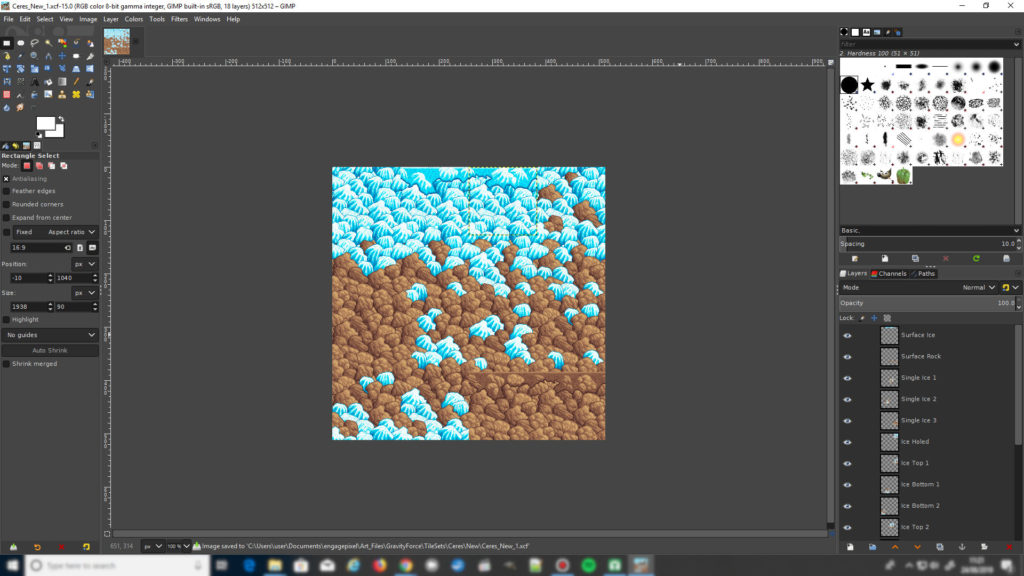
In the beginning all of the graphics were drawn using Photoshop, which I have been using for many years. But, mid-development, I had a mini crisis with my PC and had to re-install windows. The version of Photoshop I used was out-of-date and couldn’t be updated. As a cost conscious indie I couldn’t afford to switch to the latest version. Instead I began using Gimp, which is free and just as suitable fo my needs.
Blender
I have been using Blender for many years and am proficient at modeling. There were times during development when I needed to create 2D art that was beyond my abilities. My simple work around for this was to create a 3D model, render it out in simple colours, then trace and shade over it in 2D.
Spine
Early on in development support for the Spine animation system was added to GM:S. At the time I had been trying to animate a two-legged robot, but everything I drew looked stilted. Within days of switching to Spine I had create a robot with a complete set of animations.
Animation was a new skill for me to learn, but from that moment on I fully embraced it. Every smoothly animated door and piece of machinery in the game uses the Spine system.
Audacity
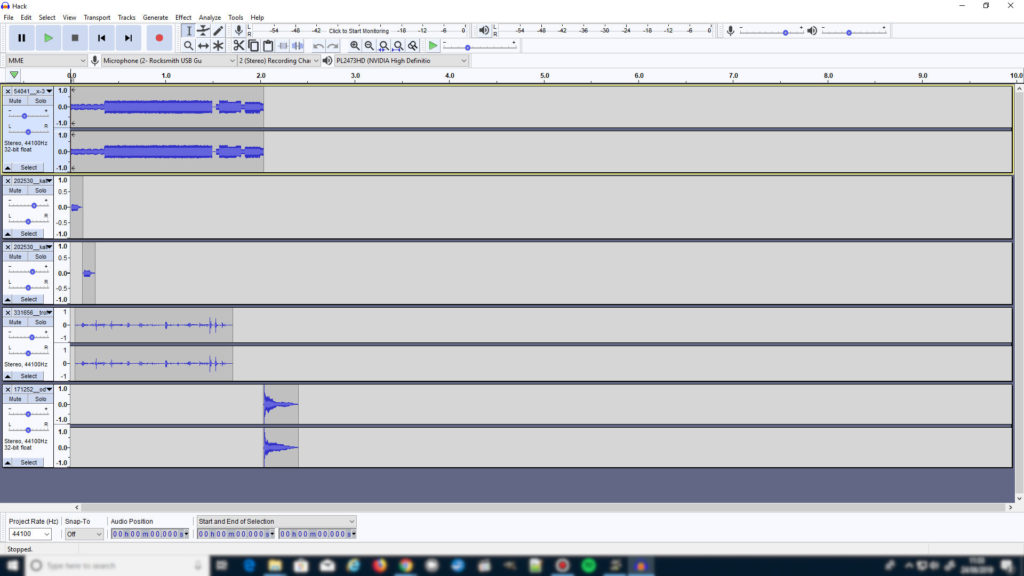
An area in which I had to expand my skillset was creating audio. I couldn’t afford to hire someone, and I had decided I didn’t want to take free work from people and offer ‘exposure’. This meant I had to learn how to create sounds myself. As a novice my final sounds weren’t of a high standard, but they still fitted the retro Amiga style.
I sourced all of the raw sound files from FreeSound.org, being careful to choose ones with the appropriate license. They were then edited, mixed , and layered inside Audacity.
LMMS
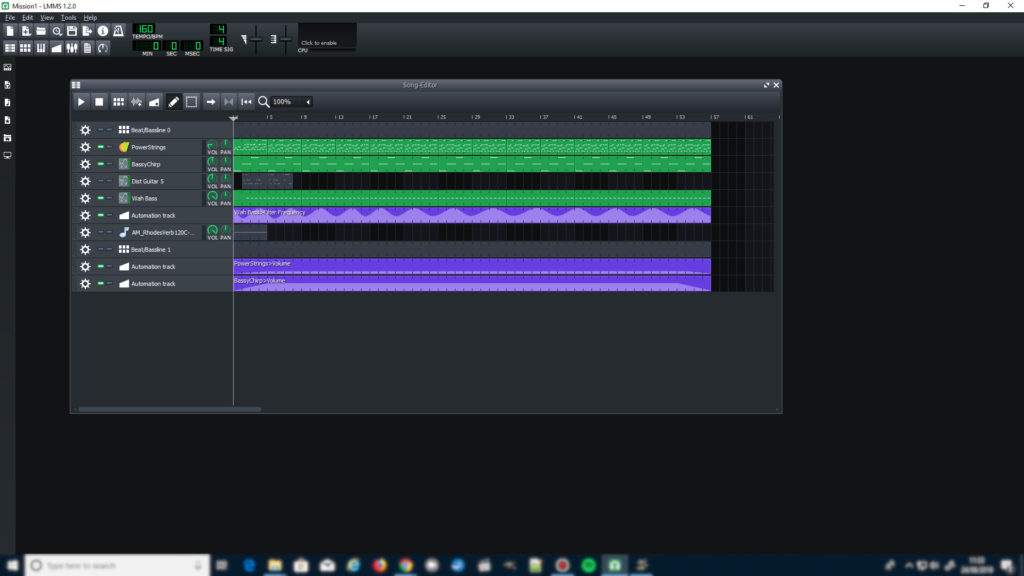
Another skill I had to learn was creating game music, it was particularly challenging. I have played guitar for many years, so have a solid foundation in music theory, but there was still a big difference between a physical instrument and some DAW software. I went through several versions of the music before I managed to create something that had the Amiga-era feel I desired.
Sony/Vegas: Movie Studio
To promote the game I needed to learn how to edit videos and create trailers. I tried several pieces of software and the best solution I found was Sony Movie Studio.
I recorded clips in Bandicam, edited them for brevity, and then drew a custom wipe graphic and layered it above a cross fade effect to give the trailer some unique style.
WordPress (Html 5 / CSS / PHP / Notepad++)
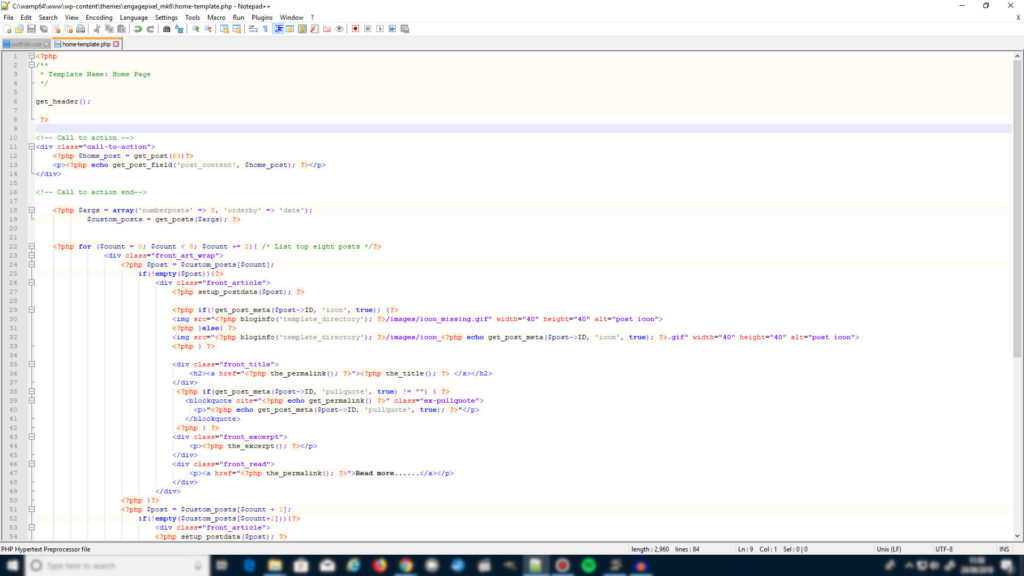
Outside of developing the game itself I had to learn web development to create a website as a home for the game. This has been a useful skill, not just for creating, but it has given me a better understanding of how to connect games across the internet. For instance, connecting a game to a php server to record user metrics.